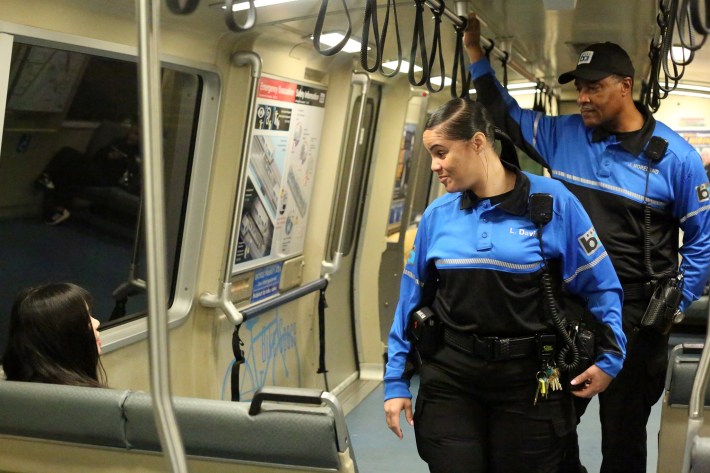Update 8/23/21, 2:45 PM: The Cook Country medical examiner's office has identified Thursday's Red Line shooting victim as Keiwaun Crayton, 23, of south-suburban Lansing.
Public safety has been a top concern for all Chicagoans this summer, and transit riders are no exception. There have been a number of troubling incidents of violence on CTA buses and trains recently. Here are some of the cases.
University of Chicago student Max Lewis, 20, was commuting home on the Green Line during the evening rush hour of July 1 when someone fired a gun at the 51st Street Green Line station. Police said the bullet went through the window of Lewis' car, fatally striking him in the neck, although he was not the intended target.
There have been at least eight stabbing cases on CTA buses and trains in the past two months. These include a July 2 incident in which Van Crocker, 55, allegedly boarded a bus on Cottage Grove Avenue and randomly stabbed another man, 66, to death. Crocker was charged with first degree murder. His public defender said he suffers from mental illness, which played a role in the killing.
This week police released photos of a man they say attacked bus and train passengers with a hammer during on four different occasions between July 21 and August 18.
Yesterday during the p.m. rush there was another slaying on an 'L' train at the Garfield Red Line station, only about a mile from where Max Lewis was killed. According to Police News Affairs, at about 4:18 on Thursday, August 19, the male victim got in a verbal altercation with three other males as they rode north on the train. One of the three produced a handgun and fired shots, striking the victim in the arm. He was later pronounced dead.
The assailants fled on foot, according to police. As of this afternoon, no one was in custody, News Affairs said.
According to a CBS Chicago report, the ensuing police investigation shut down the Red Line between the Sox-35th and 63rd Street stations, shortly after a game finished at the ballpark. The transit agency used shuttle buses to replace train service.
Riders told CBS the incident makes them fear for their safety on transit – and consider changing commute modes. "This is getting ridiculous. It makes you not even want to travel the local transportation anymore,” said Trashaun Graves. "And there’s so much other things that’s going on that makes you not want to ride the train. So it’s like a double edge sword – you’re afraid for your safety, your wellbeing, and dealing with other people, you know, doing illegal things on the train."
In addition to violent incidents, during the COVID-19 pandemic, when transit ridership plummeted, many CTA riders have also reported an uptick in problematic behavior like smoking and littering.
Some of the people interviewed by CBS said they want to see more police on transit. And Amalgamated Transit Union Local 241, which represents CTA operators, has advocated for posting armed guards on certain buses and trains.
However, two incidents in recent years where police were involved in enforcing minor infractions on the Red Line and the South Shore Line both ended with the officers shooting unarmed men in the abdomen. In the Red Line case, one of the officers, who fired up the escalator of a busy train station, is facing criminal charges.
When you also factor in the fact that additional policing of transit increases the potential for racial profiling, it's clear that adding more guns to the system won't make transit riders safer.
Basically the trains have become the wild west. CPD is definitely not the answer, but neither is doing nothing.
— Bikes Are Green Vehicles 🏳️🌈 (@NWChiFiets) August 20, 2021
Streetsblog has previously recommended non-police solutions for preventing violence on transit. The CTA should emulate the San Francisco area’s BART system, which deployed 30 unarmed “transit ambassadors” trained in de-escalation and anti-bias techniques to address safety concerns. Out of 12,000 “educational interactions” with riders, according to BART, the ambassadors only called police in 132 of those incidents.
We also need to prioritize providing access to mental health services to all residents as a strategy to promote safe and peaceful public spaces.
The good news is that we're not the only ones in town advocating for holistic violence-prevention strategies on transit. Today Active Transportation Alliance spokesperson Kyle Whitehead said the group, as well as the Metropolitan Planning Council, has been pushing the CTA and Mayor Lori Lightfoot to fund a transit ambassador program. "This is a primary goal of ours for the agency’s 2022 budget, which will be released in draft form and eventually adopted this fall."

Whitehead added that ATA continues to advocate for the CTA to engage in a community-driven process to address safety concerns of riders and operators on buses and trains. In the wake of the February 2020 police shooting on the Red Line, the group published a joint statement calling for holistic safety solutions, cosigned by the local transit unions; Chicago Jobs with Justice; the Bring Chicago Home coalition including the Chicago Coalition for the Homeless and ONE Northside; and the Illinois Coalition for Immigrant and Refugee Rights.
"Chicago must develop alternatives to policing and criminalization to keep our trains and buses safe," Whitehead said. "These alternatives should be developed through a robust community-led process that prioritizes racial equity and centers the voices of people most impacted by the issue. Any transit safety plan should be led by Chicago residents and transit operators and center the voices of low-income people and Black and Brown transit riders."
This latest tragedy highlights the urgent need for local leaders to think outside the policing box and take constructive action to keep transit riders and workers safe.





